Timothy Alouani-Roby caught up with the Melbourne-based architect at the World Architecture Festival (WAF) after her AIA Gold Medal speech.
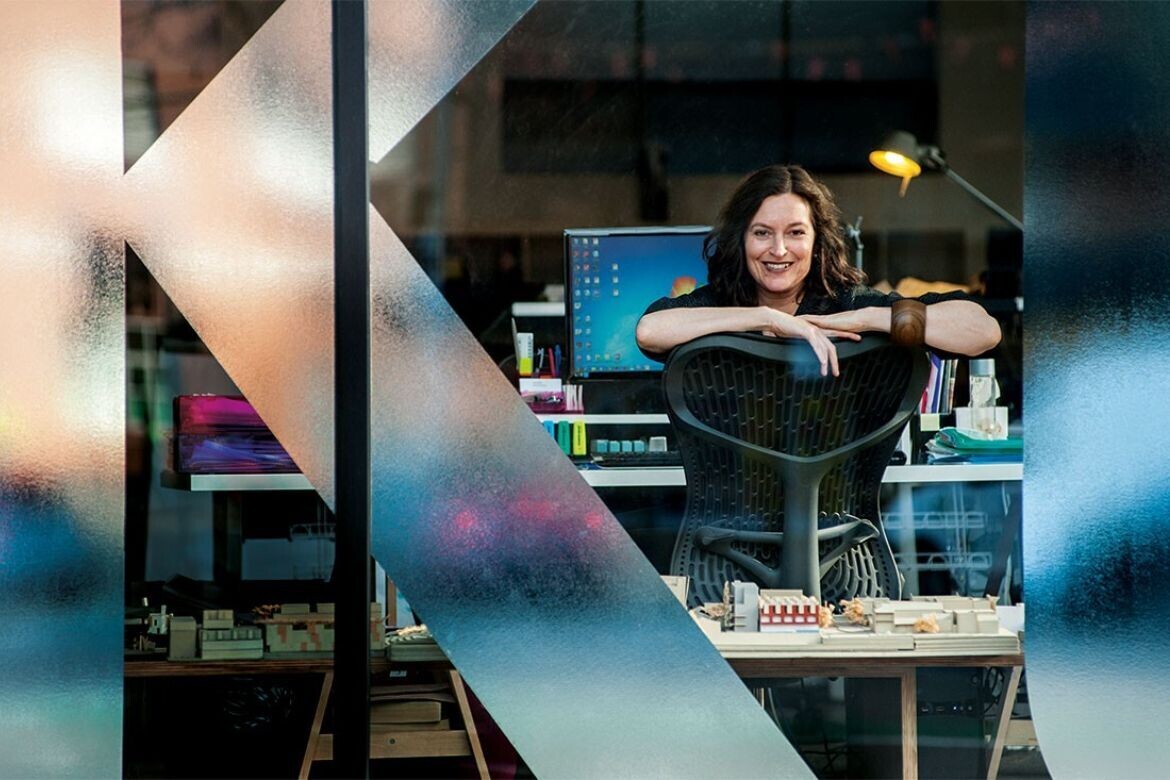
December 5th, 2023
This year’s AIA Gold Medallist, Kerstin Thompson, was just about the busiest person in Singapore on the first day of WAF 2023. It began with a crit presentation for Kerstin Thompson Architects’ (KTA) Melbourne Holocaust Museum project before concluding, many hours later, with a 45-minute speech as part of the AIA Gold Medal tour.
The latter speech was hosted at Space Furniture’s Singapore showroom, with the beginning of Thompson’s talk accompanied rather ominously by the sound of Singaporean thunder rolling through as she took the mic. Shortly afterwards, it was also announced that the Melbourne Holocaust Museum had been highly commended in the culture category at WAF.

Perhaps the most notable – and commendable – feature of Thompson’s speech was her willingness to use it as a platform to call out problems in the industry and to advocate for positive change. This wasn’t the immodest grandstanding of an accomplished architect keen to pontificate about the unending profundity of their own work.
The structure of the architectural workplace and the role of the architect were some of the key systemic, structural issues that Thompson drew attention to. Why, for instance, is there a widespread axiom across architecture that being underpaid and overworked are, at best, normal – or, worse, something to be masochistically revelled in?
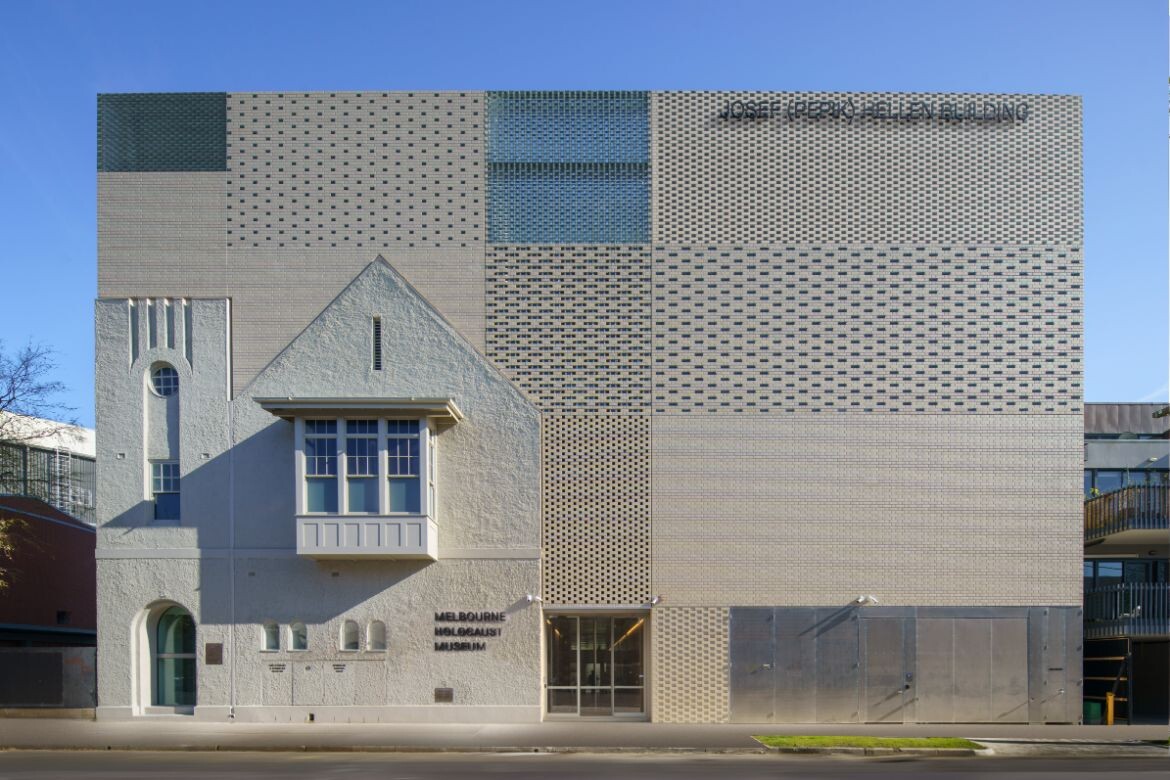
“I think that we, as an industry, have had this myth that great architecture happens if you work crazy hours,” says Thompson. “To continue to do good design, you need an office that is flourishing. If you don’t have that, there is burnout, you lose good people and the work gets worse.
“Our quest has always been this: how do you pay people fairly, have a reasonable work-life balance, and still do good work? It’s really hard, and I will say that I think our industry is slightly broken as a model of quality and remuneration in balance. A challenge for all of us at the moment – and something I’m willing to add my thinking to – is how we structure what we do and how it’s valued in a way that makes more sense in our current conditions.”
Related: Five insights from Australian designers at WAF 2023
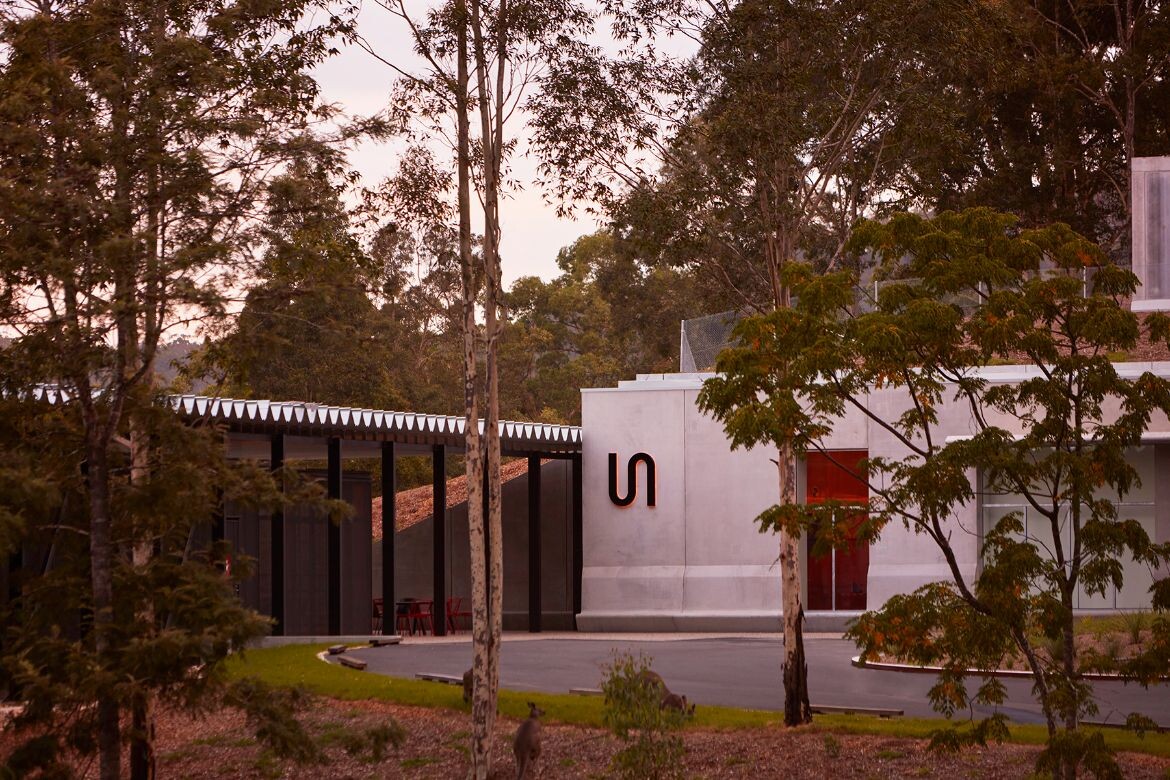
One of the crucial takeaway messages is that good design need not be in opposition to commercial acumen; that rigor in the design process need not mean a poor work-life balance. Thompson acknowledges that her own practice’s striving towards these goals is imperfect, but underlines the importance of collectively changing the consciousness of the profession.
Such thoughts and provocations about the workplace lead to questions about the role of the architect today, especially in a context where so much of that traditional role has been annexed by project management and other adjacent fields. Thompson proposes an intriguing response: what if the architect should re-evaluate the scope of their role by jettisoning some of it?

If some of the bureaucratic or technocratic elements, for example, could be shed, might it free up more time and space for architects to meaningfully influence the areas they care about, such as designing public space that democratically centres human experience?
“It might be better to rethink where we have the most impact – management of design and value – and how we charge for that, and even to drop some of the things we spend a lot of time and money on but that, in the end, don’t eventuate” says Thompson.
“I think we need to find new ways of doing what we do and to have impact in the right way – in multi-residential housing, for example, and more focus on the typology and formation of the public realm,” she adds.
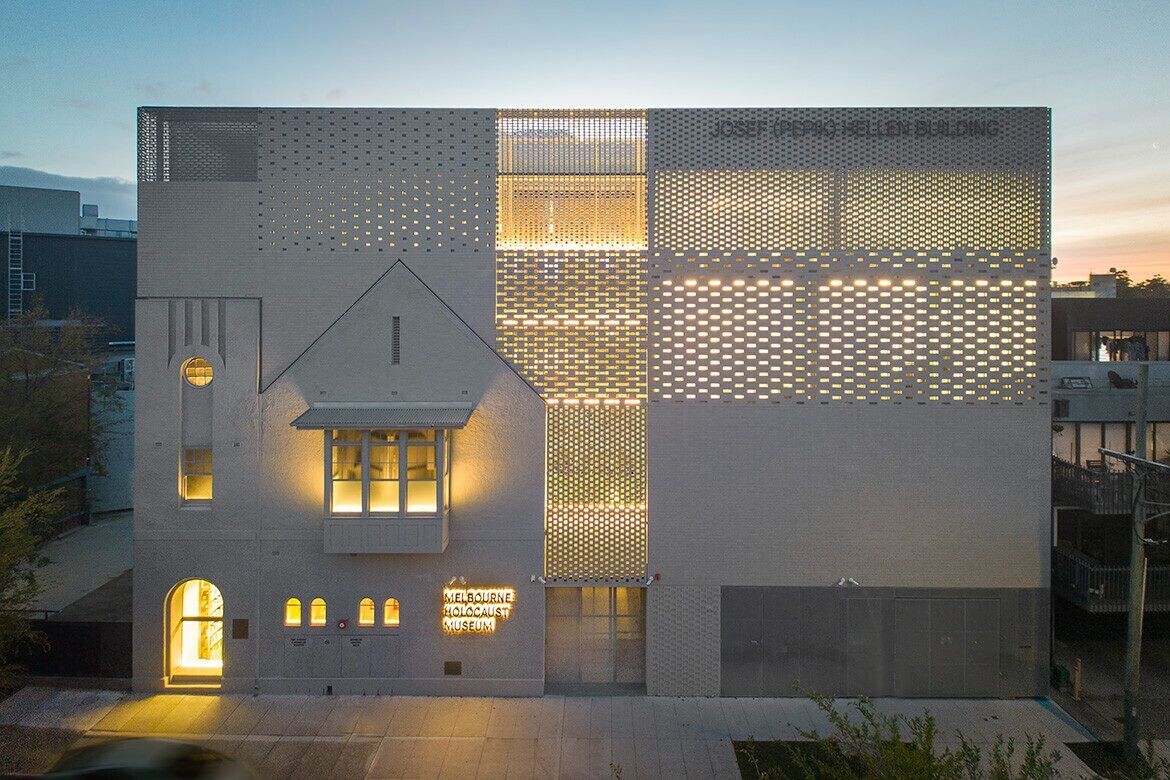
Aside from the provocations and big-picture thinking on the state of the industry, Thompson’s Gold Medal speech was also a chance to tell a personal story and acknowledge the role of one’s own experiences in shaping design sensibilities. Indeed, her ability to move between these two poles – the intimate and personal on one hand, the structural and political on the other – was perhaps the most notable feature of the talk.
Kerstin Thompson Architects is quite explicit, she explains, in not seeking to have its own distinctive style. Instead, it’s all about context – a pivotal point that came out when we visited Bundanon earlier this year. Thompson speaks about how, even during her student days, a curiosity towards interstitial spaces, and the capacity of human use of space to transform it, superseded an interest in brute material form.
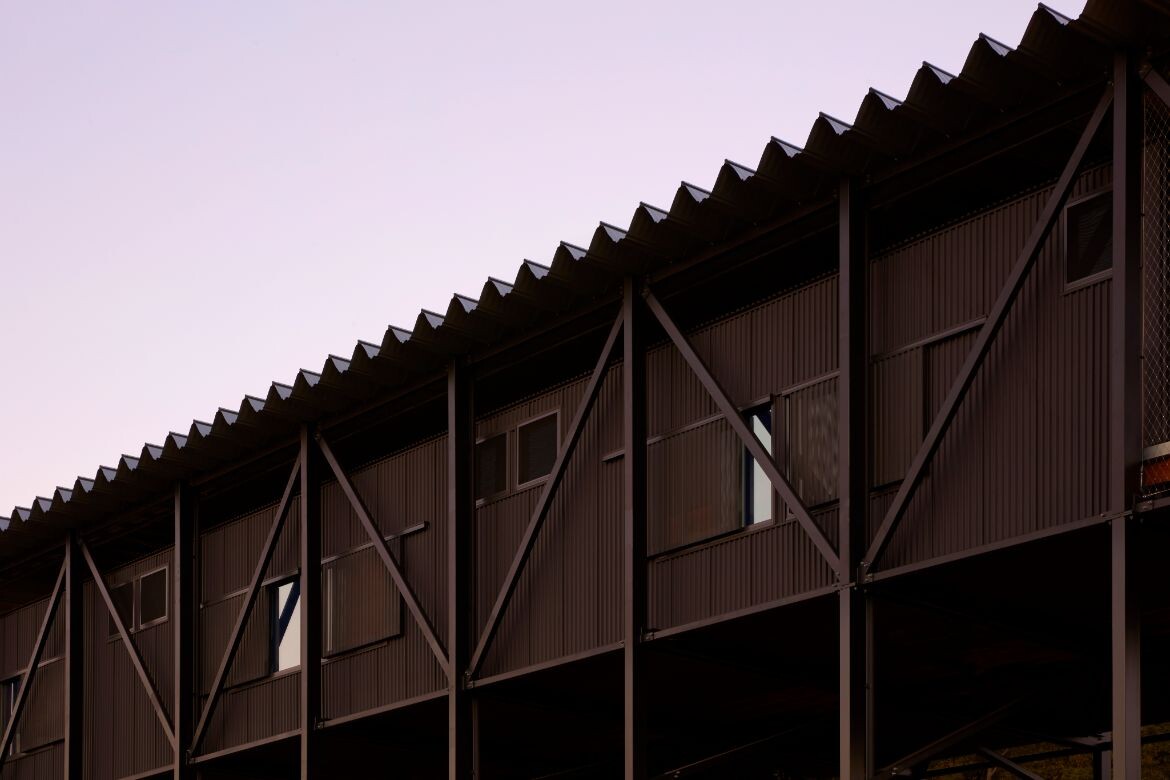
“We like to pose the question, ‘what here?’ By that I mean, what is distinctive about the actual situation that you’re working with for that particular project? It’s why we avoid a signature style, because we like to think from first principles about what is unique to a place.
“I know a lot of architects say that, but they can still have patterns that come out. That’s where I do hope our particular body of work stands out. I like the fact that we can jump around in our approach and confound people’s expectations of what we’ll do next,” says Thompson.
Having always straddled the worlds of practice and academia – a ‘pracademic’, as she puts it – Thompson has continually refused the kinds of rigid binaries that can shut down creative thought. “I do think that the most critical practices in Australia have found a way to bring big, speculative aspirations to actual realisable, built projects.” Speaking on the world stage at WAF under both Kerstin Thompson Architects and AIA banners, it’s a thought about Australian architecture that resonates deeply.
Kerstin Thompson Architects
kerstinthompson.com
Photography
Various

INDESIGN is on instagram
Follow @indesignlive
A searchable and comprehensive guide for specifying leading products and their suppliers
Keep up to date with the latest and greatest from our industry BFF's!

London-based design duo Raw Edges have joined forces with Established & Sons and Tongue & Groove to introduce Wall to Wall – a hand-stained, “living collection” that transforms parquet flooring into a canvas of colour, pattern, and possibility.
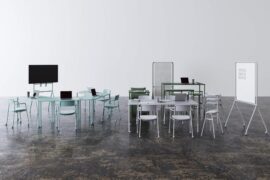
Welcomed to the Australian design scene in 2024, Kokuyo is set to redefine collaboration, bringing its unique blend of colour and function to individuals and corporations, designed to be used Any Way!

A longstanding partnership turns a historic city into a hub for emerging talent

For Aidan Mawhinney, the secret ingredient to Living Edge’s success “comes down to people, product and place.” As the brand celebrates a significant 25-year milestone, it’s that commitment to authentic, sustainable design – and the people behind it all – that continues to anchor its legacy.
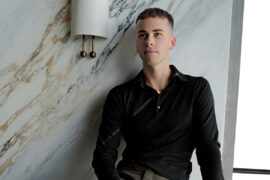
With experience across fashion, styling and interiors, Nicholas Gilbert launches Studio Nicholas with a mission to elevate Australian design on the world stage — and to champion a more rigorous, professional future for the industry.

Opening in October 2025, The Standard, Pattaya Na Jomtien brings together ONION, DIN Studio, Studio Lupine and Verena Haller to create a sculptural modernist retreat where art, architecture and coastal culture meet.
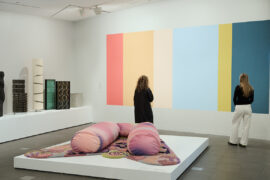
At the NGV’s Making Good: Redesigning the Everyday, design becomes a force for repair. From algae-based vinyl to mycelium earplugs, the exhibition proves that rethinking the ordinary can reshape our collective future.
The internet never sleeps! Here's the stuff you might have missed
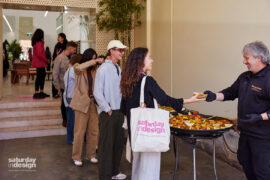
Collingwood pulsed with energy at Saturday Indesign 2025, where talks, launches and activations spilled from showrooms into the streets.
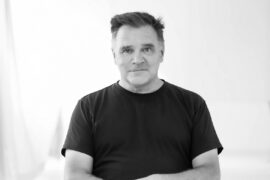
In this comment piece, COX Principal David Holm reflects on Carlo Ratti’s curatorship in which climate, colonisation and gender equity took centre stage at the Venice Biennale.
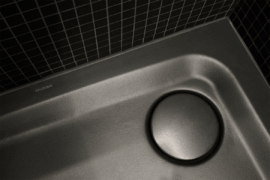
Overlooking Berlin Zoo, the suites of the 25hours Hotel Bikini Berlin curate the sustainability ethos in an entirely unique and dynamic aesthetic. Think natural fabrics and materials, jewel-hued colours, curves and cushions, spa-like bathrooms and hammocks with views over urban greenery.